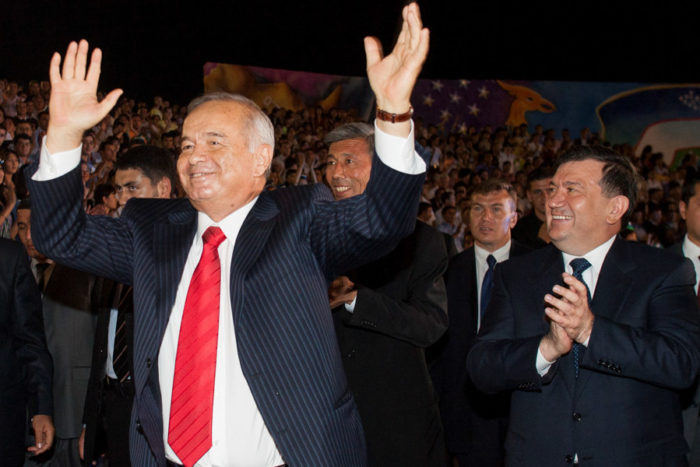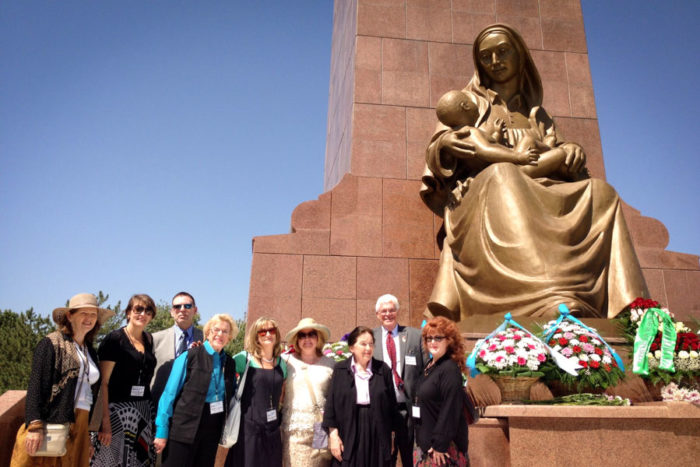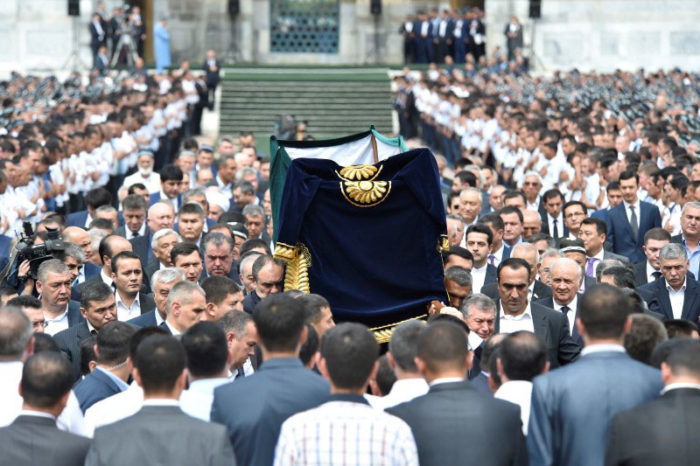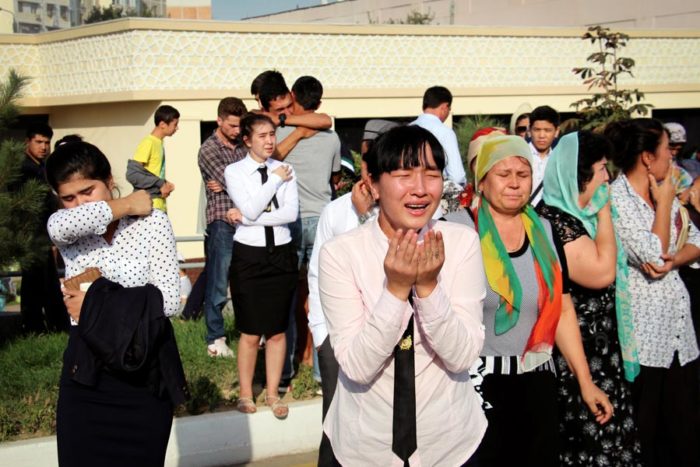
The death of Uzbek leader Islam Karimov — one of the world’s harshest and longest-serving dictators — was just a blip on the radar in crowded international news feeds earlier this month.
But the intrigue surrounding Karimov’s death without a named successor is bound to rekindle strange and vivid memories for a group of Seattleites.
A dozen of us participated in an official Seattle-Tashkent Sister City delegation in 2013. We flew halfway around the world to mark the 40th anniversary of the unusual relationship, a tie formed with a Soviet regime amidst hopes for peace during the darkest days of the Cold War.
I was privileged to lead that group in its celebration, as well as helping observe Uzbekistan’s Sept. 1 Independence Day. That holiday solemnized Uzbekistan’s 22 years as a nation, sovereign since becoming independent of the Soviet Union in 1991 — at least in name, if not so much in style or in custom.
From the hour of our arrival at the Tashkent airport, we were met by Soviet-style handlers. Our escorts were cordial. One of them, Sartor, spoke passable English and even provided us with accounts of his coming nuptials.
Still, it was evident that we were carefully watched. If we stepped slightly away from our tour group, we were subject to a flurry of activity. The handlers’ cellphones chattered, they deployed and kept our pathways in view.
That constant monitoring was especially apparent the day we visited Seattle-Tashkent Peace Park, a 1983 gift from Seattle citizens who had delivered 42,000 signatures expressing their desire to avert nuclear war. The park is a quiet spot, dominated by a three-story sculpture, created by Rich Beyer of “Waiting for the Interurban” fame. Hand-painted tiles, contributed by Seattle school children, edge the site.
Following a ceremony placing flowers at the shrine of the Happy Mother, a giant Madonna-like figure, the Seattle delegation was summoned to the Uzbek Independence Day gala. Hours before the festivities, we were sequestered in a holding area, thoroughly vetted and credentials rechecked. We were required to hand over our cell phones and cameras.

Finally we entered a vast open-air stadium overflowing with thousands of elected officials, dignitaries, local leaders, ambassadors and foreign delegations. With no seat vacant, Seattleites were sandwiched tightly between German and Russian delegations.
President Karimov addressed the crowd, listing achievements of the young nation. He described Uzbekistan glowingly as “reaching self-sufficiency and registering economic growth.” Lest the significance be missed we were supplied with English-language translations of his self-congratulatory remarks.
Speeches over and flags (in the Uzbek national colors of blue, white and green) presented, the stadium launched into riotous displays featuring hundreds of costumed dancers and marchers. Giant TV screens flashed native scenery and then cut to whirling mosaic patterns. Singers and musicians belted out ear-popping rhythms. There were flights of helium balloons (also blue, white and green), volleys of fireworks and canon shots covering us with glittering confetti.
It is no exaggeration to say that the entire stadium – Uzbeks, dignitaries, officials and even the strong-man president, Karimov himself, danced wildly that night. The event was so over the top, a virtual national orgy, that more than one participant said, “What WILL they do when they mark the 25th anniversary?”
How would the Uzbeks celebrate indeed? The 25th anniversary was observed this year, but without President Karimov.
On September 1, Karimov was hospitalized on his deathbed or perhaps already deceased. His government initially issued denials. High-ranking Uzbek leaders largely were absent from the pre-planned Independence Day ceremony. International news sources speculated that a tug of war over who would be the dictator’s successor was being waged behind the scenes.

What lies ahead for the young nation and its unfortunate people is difficult to say.
Decades after the collapse of the Soviet Union, problems remain and even intensify. There are stark human rights problems, vicious political repression and thousands of jailed prisoners. Human Rights Watch, a New York based monitor, described the country’s record under Karimov as “atrocious.” He had been continuously in power for 27 years, having first been appointed during the Soviet years.
The nation has no credible press. At the time of the sister-city delegation, the Uzbeks had yet to learn that Muammar Qadalfi had died in an uprising. We discovered that women were being treated far worse than under the prior Soviet regime. There were dark stories of human trafficking and of Uzbeks being recruited by the Islamic State, fighting in Syria and Iraq.
The nation has engaged in badly flawed environmental practices. Cotton fields, a holdover from the Soviet years, are flooded annually, leaching the soil. Water conservation will likely become an increasing concern for neighboring countries that must share Central Asia’s scarce water resources.
Some have expressed concerns that the absence of Karimov’s iron fist will empower fundamentalist militant groups, or destabilize oil pipelines and trade passing through Uzbekistan. Others harbor modest hope that new leadership will mean more freedom for Uzbekistan’s 30 million people.
Such is the plight of the beleaguered nation which, it seems, can only improve and mend “atrocious” conditions.
Would that the brave sister-city connection between Seattle and Tashkent, forged during the perilous Cold War era, could have some influence over the ancient city’s future. The members of that delegation, many of them with familial ties to the nation, could be a force in helping its people prepare for better days.


